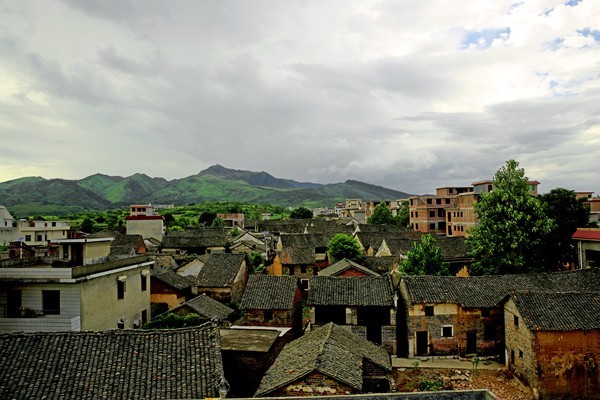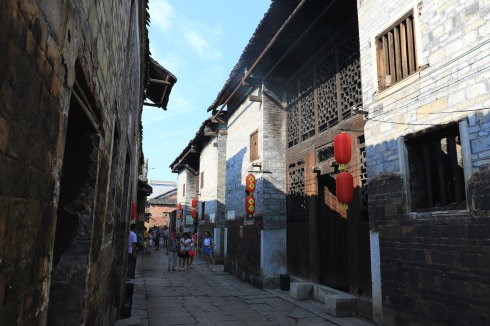Jiahe Leigongjing Ancient Village
Leigongjing Village is located in the south of Shigao Township, which belongs to Jiahe County, Hunan Province. There was a well in the village, which was easily struck by lightning. It was said that Leigong once lived in the well, so it was called Leigongjing Village. Leigongjing Village is adjacent to the county town with 8 villagers' groups, an area of 1.4 square kilometers and a total population of 998.
In November 2016, Leigongjing Village was listed on the list of the fourth batch of traditional Chinese villages by the Ministry of Housing, Urban and Rural Construction of the PRC and other departments.

Leigongjing Village, Jinping Town, Jiahe County, has a long history. Today, Leigongjing Village covers3 natural villages, namely Leigongjing, Zhushanjiao and Gaoshujiao, with 8 villagers' groups, the total area of 1.4 square kilometers, 43.6 hectares of arable land, 252 households and 1136 residents.
With respect for their ancestors, the villagers attach great importance to the protection of traditional ancient villages and their buildings, forming a relatively complete protection pattern. The proportion of traditional ancient buildings in the total area of village buildings is up to 40%. In June 2015, Leigongjing Village was listed as a traditional village in Hunan Province. At present, it is declaring national traditional villages.
The Leigongjing Ancient Villages are basically connected, integrated and well preserved, and are currently the concentrated areas of a few ancient dwellings. Ancient dwellings mainly consist of ancestral halls, ritual schools, dwellings, ancient bridges, ancient wells, ancient commercial roads and pavilions. Its architecture is situated between mountains and rivers, and the village structure and sculpt are natural. The layout of roadways, streams, buildings and springs is compact and accommodating, and the changes of village space are charming.

Ancient village architecture is a typical group of Hunan dwellings, which consists of three kinds of ancient dwellings: hall house, big house and courtyard. The ancient buildings in the village are simple and economical with elegant and light architectural decoration, which is a typical representative of the specific application of Chinese traditional geomantic omen. Arranged in front of ancient ancestral temple villages, 86 ancient Ming and Qing dwellings are in one, with a huge scale; the Ancient Tea-Horse Roads pass through the village, and clear springs descend from Leigongjing at the back of the village through a stream around the village. More than 3000 meters of stone slab road in the village connects streets and lanes, the pavilions, ancient private schools, ancient houses are well preserved, and the layout of slab bridges, ancient wells, stone slab roads, water supply and drainage is ingenious and natural.
The site selection of Leigongjing Ancient Village followed the ideal geomantic pattern of "pillow mountain face screen". The whole village was facing the sunshine on the back of the hill, with the situation on the slope and the wind gathering. Villages were built on the basis of clear springs and water flows around them. On the premise of abundant sunshine and open vision, they could also get irrigation, washing, fire prevention and other conveniences. The idea and method of site selection had strong theoretical research value of geomantic omen in Chinese traditional environment, which embodied the humanistic pattern of geomantic omen advocating nature and the unity of man and nature.
There are six halls in the ancient village, namely Yinggong Hall, Jiaogeng Hall, Banjia Hall, Hongjun Hall, Shangwu Hall and Changxin Hall.




